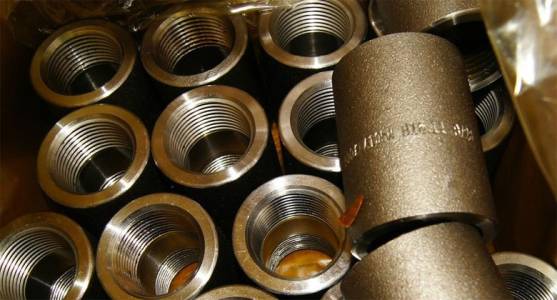Description
Stainless Steel: The Versatile Metal for Unmatched Durability
Stainless steel isn't just a single material; it's a family of iron-based alloys renowned for their exceptional corrosion resistance, strength, and durability. This comprehensive description explores the key features and benefits of this versatile metal, making it ideal for a vast range of applications.
What is Stainless Steel?
Stainless steel derives its unique properties from the addition of chromium (typically at least 10.5%) to the iron base. This chromium reacts with oxygen to form a passive, protective chromium oxide layer on the surface, preventing rust and corrosion. The precise composition of different stainless steel grades dictates their specific characteristics, allowing for tailored performance in diverse environments.
Key Features and Benefits:
- Exceptional Corrosion Resistance: This is the hallmark of stainless steel. Its inherent ability to resist rust and staining makes it perfect for both indoor and outdoor applications, even in harsh conditions like saltwater exposure or high humidity.
- High Strength and Durability: Stainless steel boasts superior strength and toughness compared to many other metals, offering excellent longevity and resistance to wear and tear. This makes it ideal for high-stress applications.
- Easy to Clean and Maintain: Its smooth, non-porous surface is exceptionally easy to clean and maintain, requiring minimal effort to preserve its shine and hygiene. This makes it a popular choice for food preparation and medical equipment.
- Aesthetic Appeal: Stainless steel possesses a sleek, modern aesthetic with a silvery-grey finish that complements various design styles. It can be polished to a high shine or left with a brushed finish, offering versatile design options.
- Recyclable and Sustainable: Stainless steel is fully recyclable, making it an environmentally responsible material choice. Its durability also contributes to sustainability by reducing the need for frequent replacements.
- Wide Range of Grades: Different grades of stainless steel cater to specific needs. Austenitic, Ferritic, Martensitic, and Duplex stainless steels each offer unique combinations of properties, including varying levels of strength, corrosion resistance, and workability. Choosing the appropriate grade is crucial for optimal performance.
Applications:
The diverse properties of stainless steel make it suitable for a multitude of applications, including:
- Kitchenware: Pots, pans, cutlery, sinks, appliances
- Architectural and Construction: Building facades, roofing, railings, structural components
- Medical Equipment: Surgical instruments, implants, hospital fixtures
- Industrial Equipment: Machinery parts, piping, tanks
- Automotive: Exhaust systems, body parts
- Marine: Boats, ships, offshore structures
Choosing the Right Grade:
Selecting the correct grade of stainless steel is essential for optimal performance. Factors to consider include:
- Corrosion resistance requirements: The level of exposure to corrosive environments will dictate the necessary grade.
- Strength and durability needs: Applications requiring high strength and impact resistance will necessitate a stronger grade.
- Formability and weldability: These factors are important for manufacturing processes.
- Cost: Different grades vary in cost, reflecting their composition and properties.
Conclusion:
Stainless steel is a remarkable material offering an exceptional combination of strength, durability, corrosion resistance, and aesthetic appeal. Its versatility makes it a vital component in countless industries and applications, ensuring its continued importance in modern society. Consulting with a materials specialist can help you choose the optimal grade for your specific needs.
